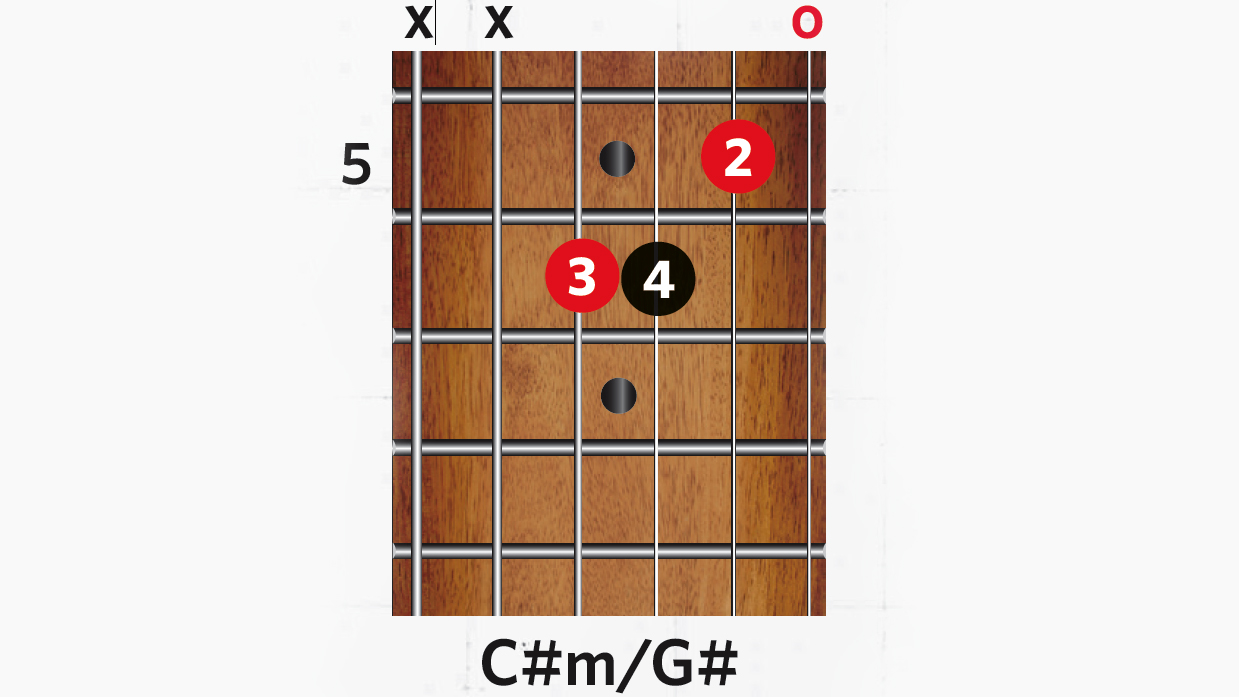Try these 16 inspiring guitar chords that use open strings
Add some shimmer to your rhythm playing with open-string variations on simple chords

Utilising open strings can add new dimensions to basic chord progressions. This simple and effective technique has been used to great effect by players as diverse as Alex Lifeson, Jeff Buckley, The Edge and Ed Sheeran, to name but a few.
The approach works best when playing in a key that shares a lot of notes with the open strings, such as the keys of E and G.
Here, we’re taking a typical pop/rock chord progression in E major and looking at various ways to play the chords while keeping either the first or second strings open. Try playing through the chord chart using some of the shapes shown here.
Tip: treat these shapes like any other chord and spend time practicing some changes. Aim to fret each string on your fingertips so that you don’t mute out open strings.
E chords




B chords




C#M chords




A chords




Mix and match the chords over the backing track

As they ring against the fretted notes, the open strings are crucial to the sound and feel of these chords. Practise each chord first by strumming, then picking each string individually to check that each note is clean. When you’re ready, try mixing and matching the shapes above with the chord progression over our backing track.
Learn 16 of the best guitar chords for clean tones
Want all the hottest music and gear news, reviews, deals, features and more, direct to your inbox? Sign up here.
Total Guitar is Europe's best-selling guitar magazine.
Every month we feature interviews with the biggest names and hottest new acts in guitar land, plus Guest Lessons from the stars.
Finally, our Rocked & Rated section is the place to go for reviews, round-ups and help setting up your guitars and gear.
Subscribe: http://bit.ly/totalguitar
